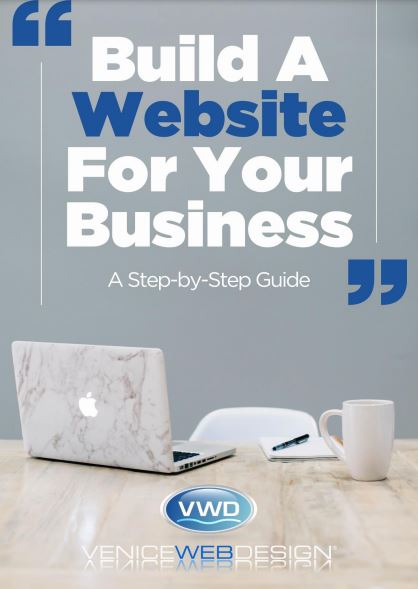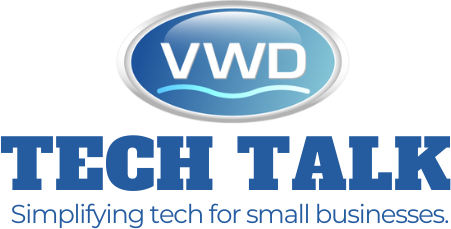Web design is a powerful tool for businesses to establish their presence online, draw in clients, and nurture lasting connections. But creating a website that resonates with users and supports your business isn’t easy.
Custom web development is a powerful option to consider for unique designs and tailored functionality that sets your brand apart from competitors. Read on to learn more about this crucial process.
Why Custom Web Development Matters
Custom web development is a necessity for businesses looking to establish a strong online presence. Choosing a custom solution allows for a website that is highly scalable and able to adapt to changes as the business grows.
A custom-designed website can also better cater to the brand’s unique look and message. In contrast, pre-made template websites often look very similar and can be difficult to distinguish from the competition.
Additionally, a custom website can be designed with search engine optimization in mind. This includes using clean and efficient code, which can significantly improve site speed and performance, thereby improving user experience and SEO rankings.
A customised website can also incorporate a more robust set of security protocols, which may not be possible with pre-built templates. This could include everything from a secure login page to automated security updates. All of these features can help to build trust and credibility with prospective customers.
Defining the Vision
A customized website can help businesses achieve their long-term growth goals by unlocking opportunities for new customers. However, it’s crucial that the digital platform is well-planned to ensure its effectiveness and sustainability.
In a competitive digital landscape, businesses are increasingly turning to custom web development to create platforms that meet their specific needs and deliver real ROI. However, navigating the differences between off-the-shelf and custom solutions can be confusing for some.
Unlike pre-made templates, which often look similar and only vary in the images and text, custom websites allow digital marketing agencies to incorporate your unique branding, messaging, and design preferences into the site. This helps you stand out in a crowded online marketplace and engage with visitors in a way that resonates.
Custom web development also offers scalability and flexibility, making it easy to integrate new features or enhance existing functionality without the restrictions of template-based platforms. This helps you stay ahead of competitors and improve your performance across multiple devices.
Wireframing & UX Planning
Like an architectural blueprint, a wireframe is a rough sketch of an interface’s layout and anticipated user flow. It’s a key step in designing and ensuring that the final product meets both business objectives and user expectations. It also allows for wide-ranging feedback from all stakeholders before the design phase gets underway.
A well-crafted wireframe forces designers and clients to look objectively at the site’s structure, conversion paths, naming of links, navigation placement, and feature functionality. It helps prevent costly design changes once the build gets underway.
A low-fidelity wireframe may just include placeholder content and basic visual elements, while a mid-fidelity wireframe might include fonts and some color or actual images. A high-fidelity wireframe is much closer to the final product and might include pixel-perfect detail like images and fonts.
Each step provides a great opportunity to test and refine concepts while communicating easily with teammates and obtaining valuable feedback from users and stakeholders.
Design Phase
The design phase involves creating the look and feel of your website. Web designers work with clients on wireframes and mockups to ensure that the site’s aesthetics are aligned with branding and business objectives.
During this phase, requirements are converted into comprehensive, detailed design specifications that define system architecture, data management, and user interfaces. These specifications are used as a roadmap for developers during development.
A unique stylistic website can be a powerful way to differentiate your company from competitors. It can also improve SEO performance, enhance security features, and increase the website’s capacity to expand with your business.
However, a custom website requires significant upfront costs and longer development time compared to template-based solutions. Ultimately, a customized website will provide long-term financial benefits by increasing brand value and improving business outcomes. It will also reduce maintenance costs and minimize technical debt through workarounds, plugin conflicts, and other issues.
Development Phase
Your company’s website is the digital representation of your business. It’s the first impression of your brand to prospective customers and should reflect your company’s unique mission and values. A customized website is more likely to capture the attention of visitors and inspire more engagement than using template-based designs.
In the concept development phase, you’ll formally define the high-level requirements identified in the Initiation and Feasibility phases at a level of detail sufficient for systems design.
This includes complete business process reengineering and data models for identifying information needs, who generates it, where it goes, how it’s used, and what acceptable system performance looks like.
You’ll also establish guidelines for content types such as landing pages and help links, as well as create a general mock-up of the help pane. Then, you’ll develop front-end and back-end code to implement the information experience.
Finally, rigorous testing will ensure the site functions correctly on all device types and browsers, including mobile devices.
SEO & Launch Readiness
Launching a website is a thrilling endeavor, but you need to be fully prepared. A pre/post SEO launch checklist outlines all content and technical tasks that need to be completed in order for your site to go live with minimal impact on organic traffic.
Custom web development offers specific SEO techniques that facilitate higher ranking on search engines. For example, reducing code size, using content delivery networks, and optimizing images can increase your website’s loading speed. A faster website means more users, more engagement, and better brand perception.
A custom-designed website also gives you the flexibility to make essential alterations should your business demands change in the future. In contrast, a template-based website has fixed functionalities that limit your website’s growth potential.
This is why many businesses are turning to custom web development. Contact Venice Web Design for a free consultation, and let’s discuss how we can help your brand get the edge it needs.
Final Thoughts
Venice Web Design turns digital visions into engaging, high-performing websites tailored to each business’s identity. From sleek UX designs to powerful back-end solutions and mobile apps, we blend creativity with cutting-edge tech. Our full-service approach ensures every client stands out, stays secure, and succeeds online with confidence.
Let’s talk about this in detail!


